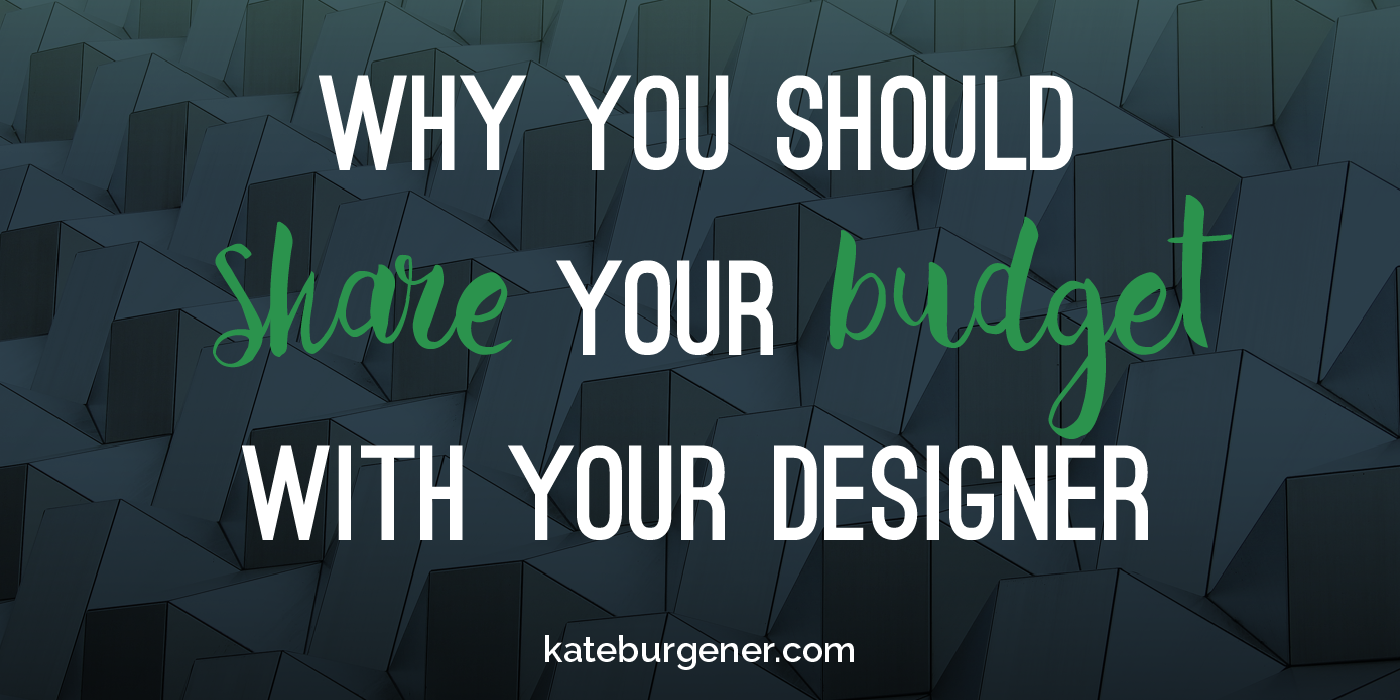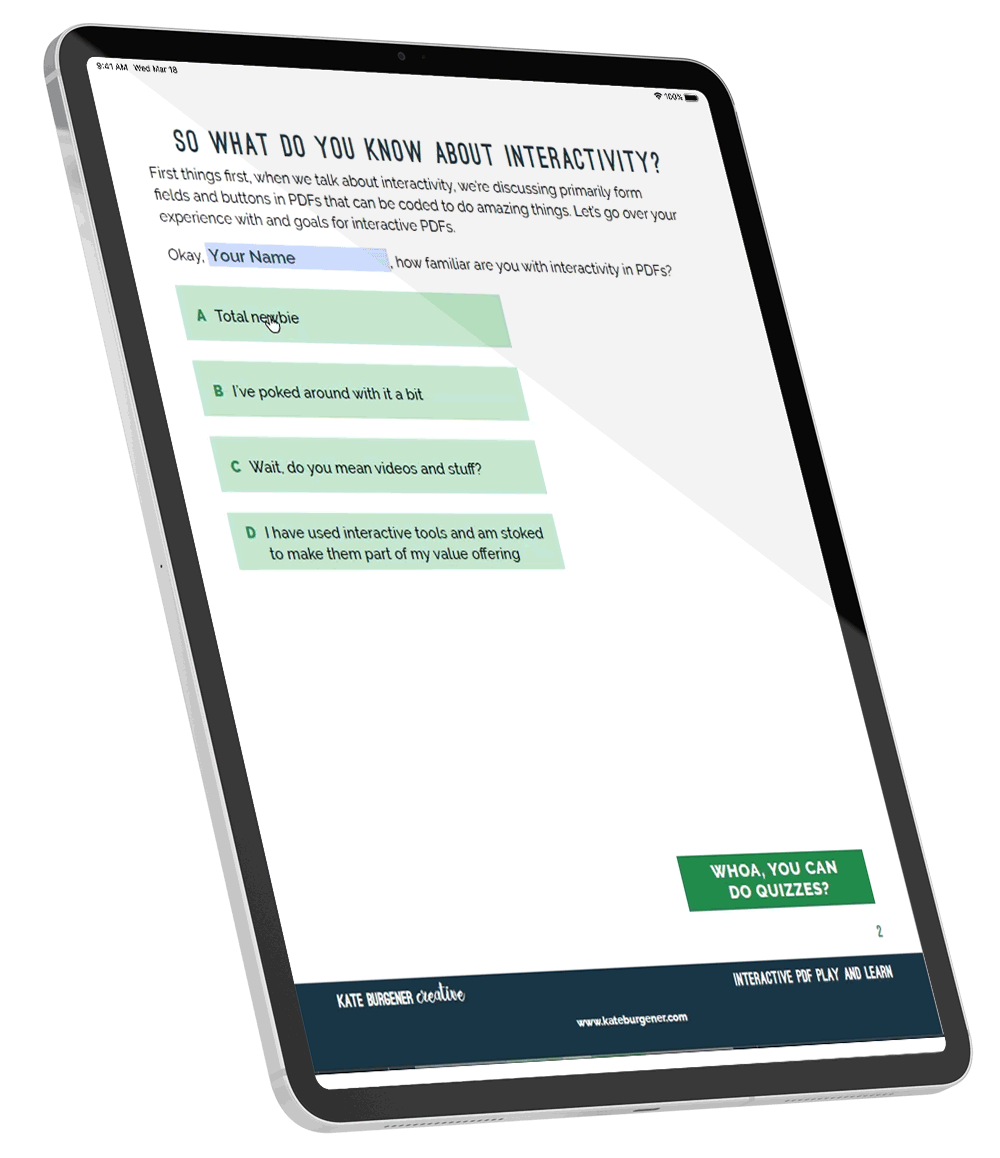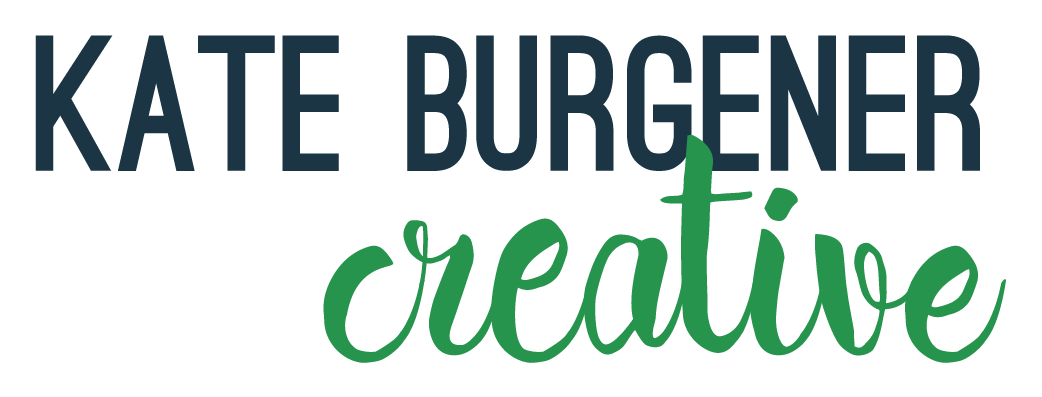Working with a Designer
Posts to help you work seamlessly with your designer or pick up some DIY tricks yourself!
Why you should share your budget with your designer
I see it all of the time: the strange power struggle that comes at the beginning of most projects when the subject of budget comes up. It seems like either side will do anything they can to not be the first to name a dollar amount and give up the “power.” And as someone who spends wisely on my business and in my own life, I feel where a client is coming from.
There can be a handful of things at play here:
- a client is sure that the designer is just waiting for a budget in order to claim that’s exactly what the project costs
- a client legitimately isn’t sure what the service is worth and thus doesn’t really have a “budget,” but is trying to save as much as possible
I understand the mindset: Why would you say you could spend $1000 on something when your designer might say it only costs $700? There’s a reason you don’t hop on Craigslist and claim you have $500 to spend on a couch, only to be flooded with offers to sell dumpy old futons for exactly that much.
But let me reassure you, that 9 times out of 10 (and with most established and scrupulous designers), this is not the case. Here is why you should be straight with your designer about your budget:
It saves time
One of the questions on my intake form is about the budget for the project. It’s required and it allows for you to provide a range. The reason it’s worth it to both of us to establish the budget up front is to stop the quoting process if there’s a clear mismatch.
If a potential client declares a budget of $100-$500 for a project that will cost a few thousand dollars, I can immediately tell them that I’m not the right fit for them. By knowing that up front, it can save both of us the time of going through the quoting process.
It leads to better quotes
Let’s say the potential client gives a budget that’s not unreasonable for a project, but is still a little small for all of the elements they’re proposing. I can take that into consideration when I prepare their quote and suggest two scopes of work: one that includes everything on their wishlist and what it would cost as well as one that is a bit more pared-down and fits within their budget.
This also saves time because the client doesn’t balk at the price of the complete project and walk away. I can offer a compromise that fits with the stated budget right away, instead of having to trade emails back and forth with a potential client, picking apart a proposal until it finally hits a mystery number.
I promise, designers are not asking the question just to “trick” you into spilling the beans about how much you’re willing to spend. They charge what they charge and knowing what you have in mind to spend on a project helps them to plan and prioritize which benefits your relationship.
It helps you spend more wisely
Maybe you had a pretty vague idea of budget and now you’re looking at a proposal for the project scope and cost. You can prioritize what is important to you and your company. If you need to request more money for a project from a board, you can bring the proposal showing what services you can get above the current budget for $X more. Being able to quantify the work helps you make smart decisions about how to spend the money to get the best value.
So you can see, sharing your budget is beneficial to both parties, to make sure everyone’s on the same page and can get what they need.
Think of it like buying a house with a Realtor. You have to share what you’re willing to spend so they can guide you through the process of finding your dream home with all of the amenities. There may be some potential discussions along the way of how houses that are in your budget may not have 6 hot tubs on the premises and is that a deal breaker for you? The perfect house may not even require your full budget, leaving you some extra cash to buy a jet-ski to park in your 3-car garage (or invest wisely, I guess).
When you hire a designer, enter the partnership being honest about what you want to spend and what is important to you. It is through collaboration and mutual respect of each others’ needs that your project will be tailored exactly to your budget and create the strongest product for both parties.


0 Comments